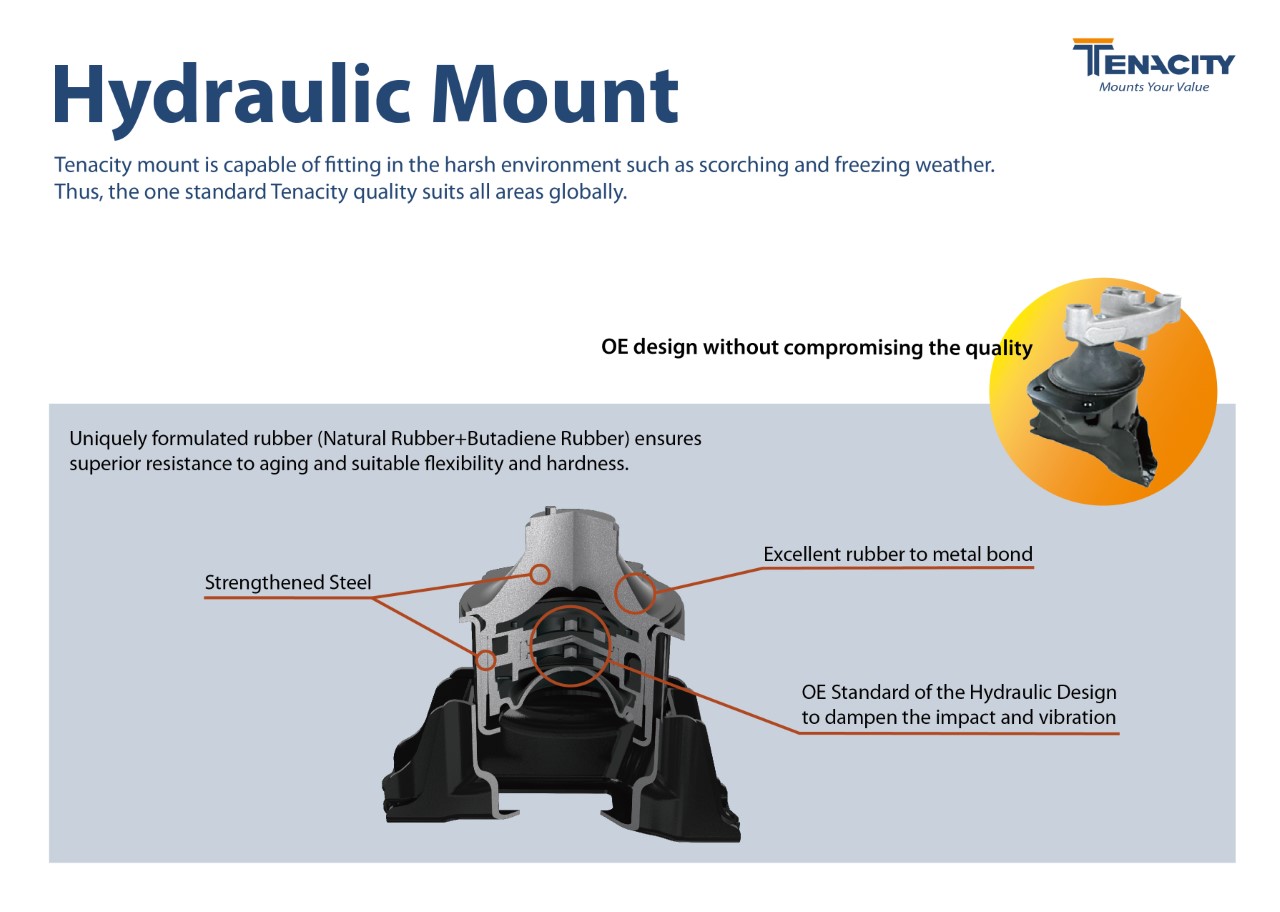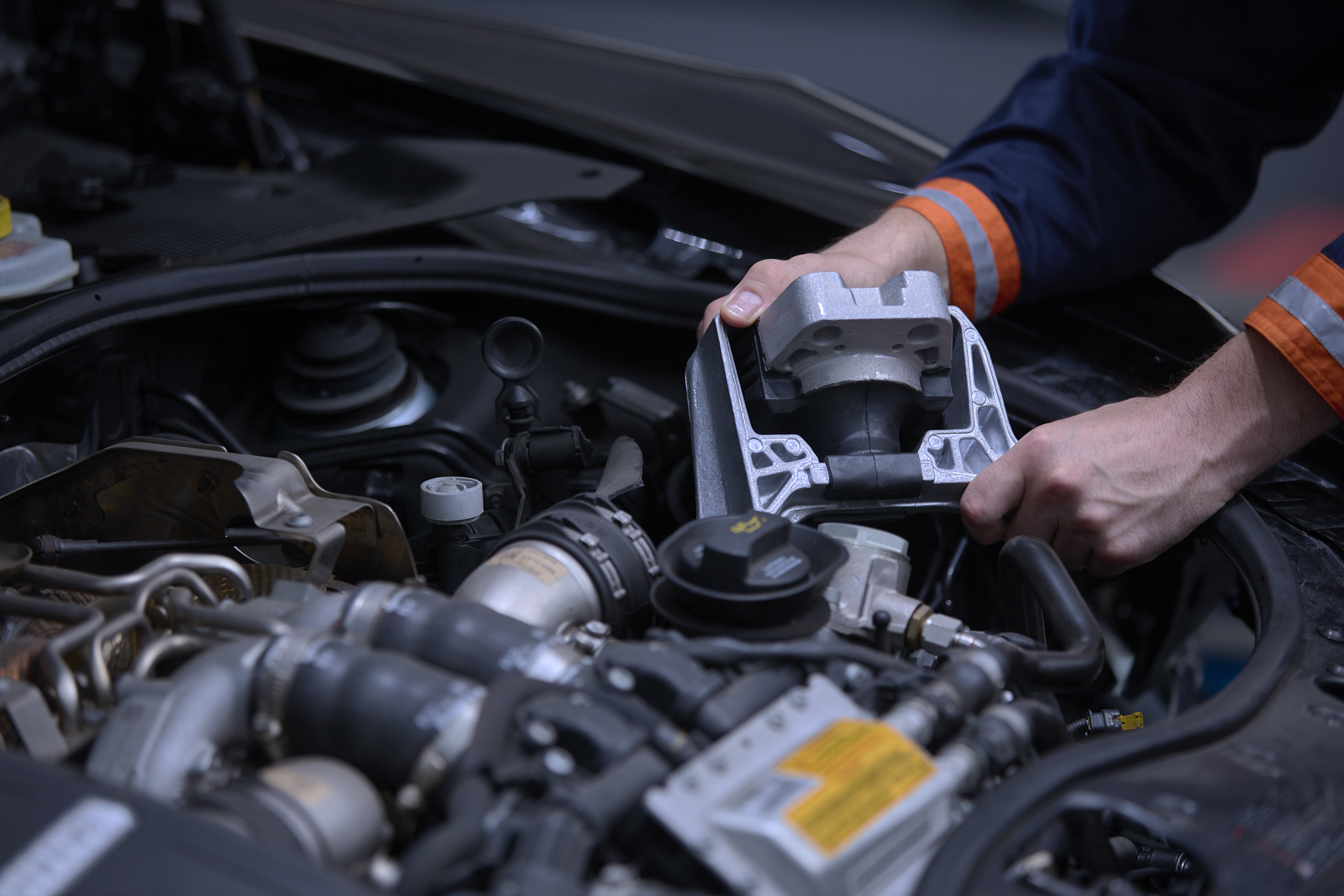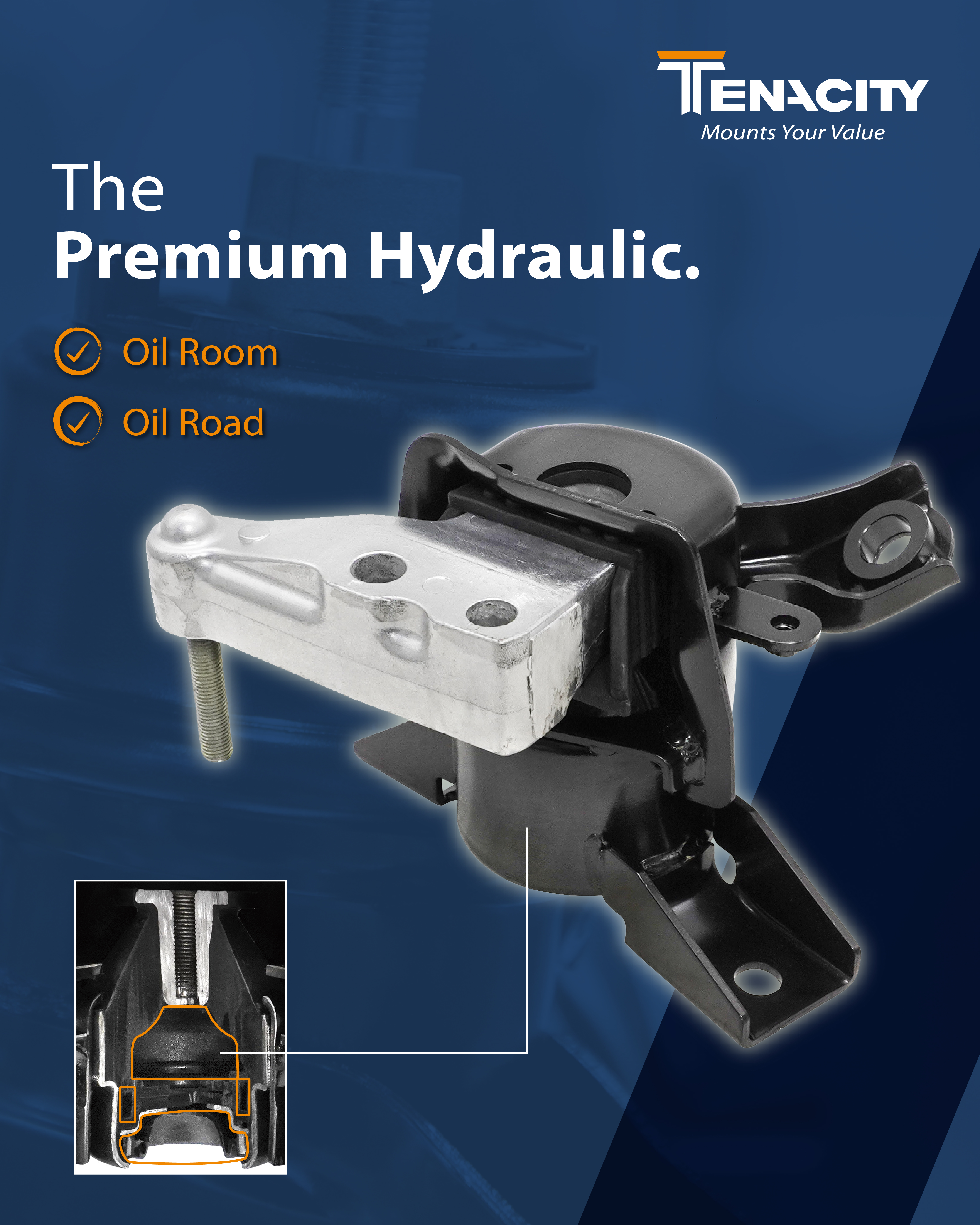News & Blog
FEATURED ARTICLES
"Different" Makes Unique
When targeting on the products desired by customers, instead of the ones that can be manufactured, we have experienced "Chemical Reaction". Improvement, skill breakthrough, innovation, one after one, injected the momentum into the boring production procedures. We are happy to embrace the change, which makes us better, and mature so that we can keep moving forward and ahead.
When targeting on the products desired by customers, instead of the ones that can be manufactured, we have experienced "Chemical Reaction". Improvement, skill breakthrough, innovation, one after one, injected the momentum into the boring production procedures. We are happy to embrace the change, which makes us better, and mature so that we can keep moving forward and ahead.

What Is an Engine Mount?
What Is an Engine Mount? In this article, learn everything about engine mounts — their function, structure, signs of failure, and when to replace them. We also recommend TENACITY, a trusted brand known for high-quality engine mounts that ensure a smoother, quieter ride.

What does an engine mount do?
When the engine is running, it generates strong vibrations. Without engine mounts to absorb and isolate them, these vibrations would transfer directly to the driver and passengers, causing discomfort.
The main functions of engine mounts include
- Securing the engine in place to prevent shifting
- Absorbing engine vibrations for a smoother ride
- Reducing impact and wear on the chassis and suspension system
What is an engine mount made of?
A standard engine mount is typically made up of three main components
- Metal Bracket:Provides structural support and connects the engine to the chassis
- Rubber:Absorbs vibrations and noise; it's the key damping element of the mount
- Hydraulic System:Most modern vehicles use hydraulic engine mounts for superior vibration control and smoother performance

How can you tell if an engine mount is good or bad?
Key Features of a High-Quality Engine Mount
- High-Strength Rubber:Resistant to heat and wear, providing durability and flexibility. Over time, poor-quality rubber can degrade under high temperatures or extended use, leading to reduced support, vibrations, and noise.
- Hydraulic System:Includes internal oil chambers and flow channels. The controlled movement of hydraulic fluid helps dampen vibrations more effectively during driving.
A premium engine mount significantly enhances driving comfort — especially during rapid acceleration, uphill driving, or at high speeds. On the other hand, low-quality mounts often suffer from rubber deterioration, loose structure, increased noise or vibration, and in severe cases, can even damage surrounding components.
When do you need to replace an engine mount?
Engine Mounts Are Wear-and-Tear Parts — Here Are Common Signs It’s Time to Replace Them
- Increased engine vibration:Aging mounts can no longer absorb engine vibrations effectively
- Louder noise:Especially noticeable when turning on the A/C or revving the engine
- Cracked rubber or oil leakage:Leaking oil from the mount means the hydraulic function has failed
- Mileage-based inspection:Check engine mounts every 60,000 to 100,000 kilometers
- Vehicle age:Cars over 5 years old should have mounts inspected regularly
- Rough road conditions:Frequent driving on bumpy or hot surfaces can accelerate mount wear
Which brand of engine mount should I choose?
TENACITY specializes in high-quality engine mounts, using specially formulated rubber that offers superior durability, heat resistance, and flexibility.Our strict quality control process ensures precise manufacturing of the internal hydraulic structures—critical components that are often hidden from view—to guarantee excellent vibration damping performance in every mount.
Looking to replace your engine mount with a reliable, high-performance option? Contact TENACITY today!

RECENT ARTICLES